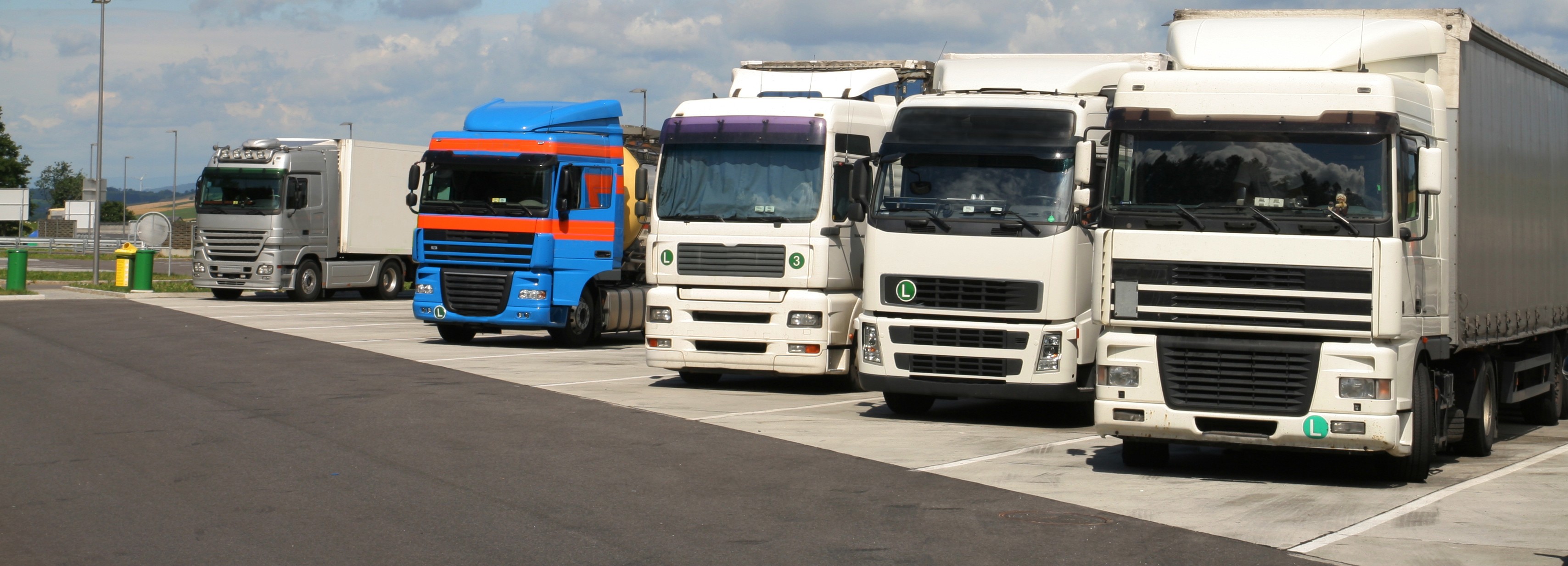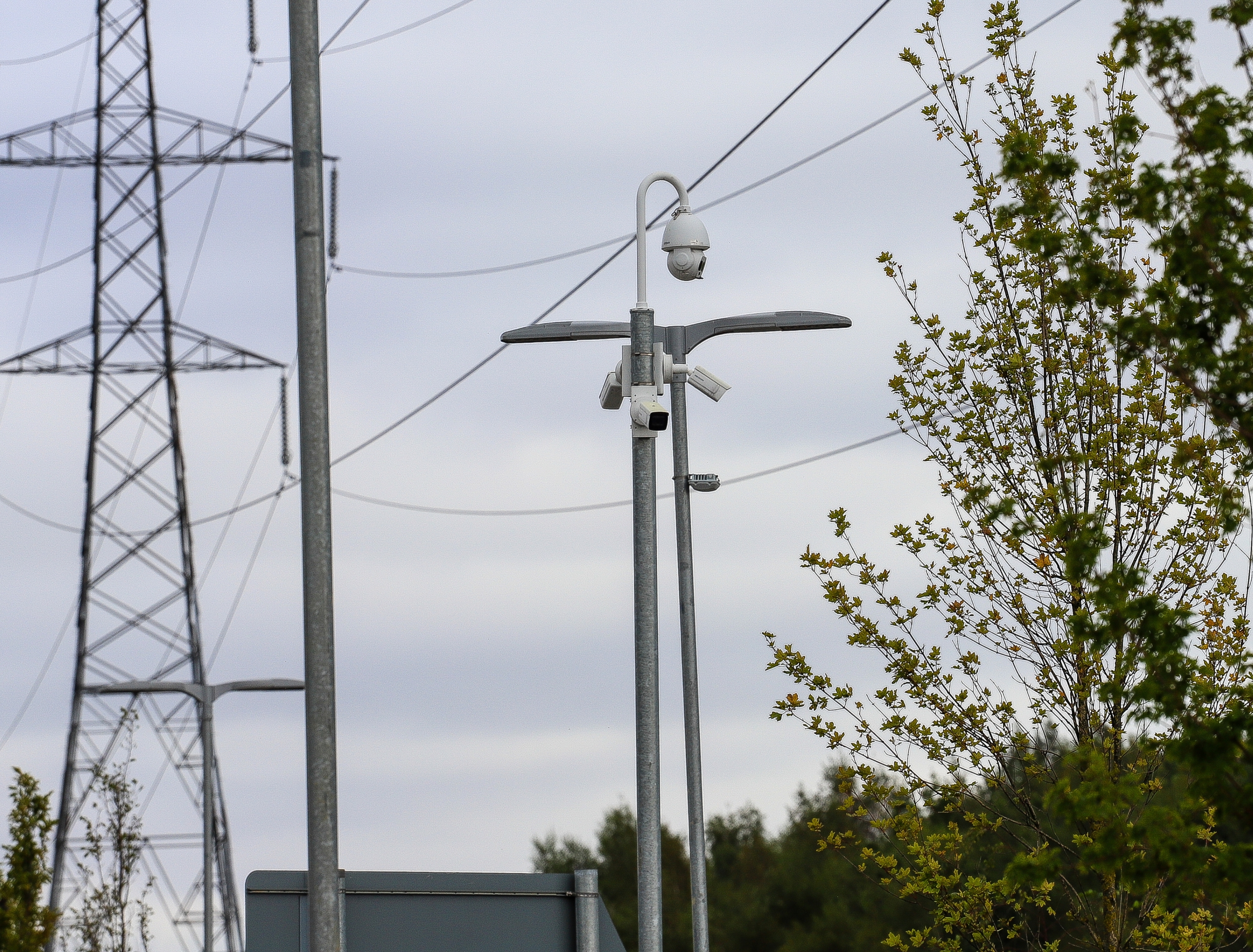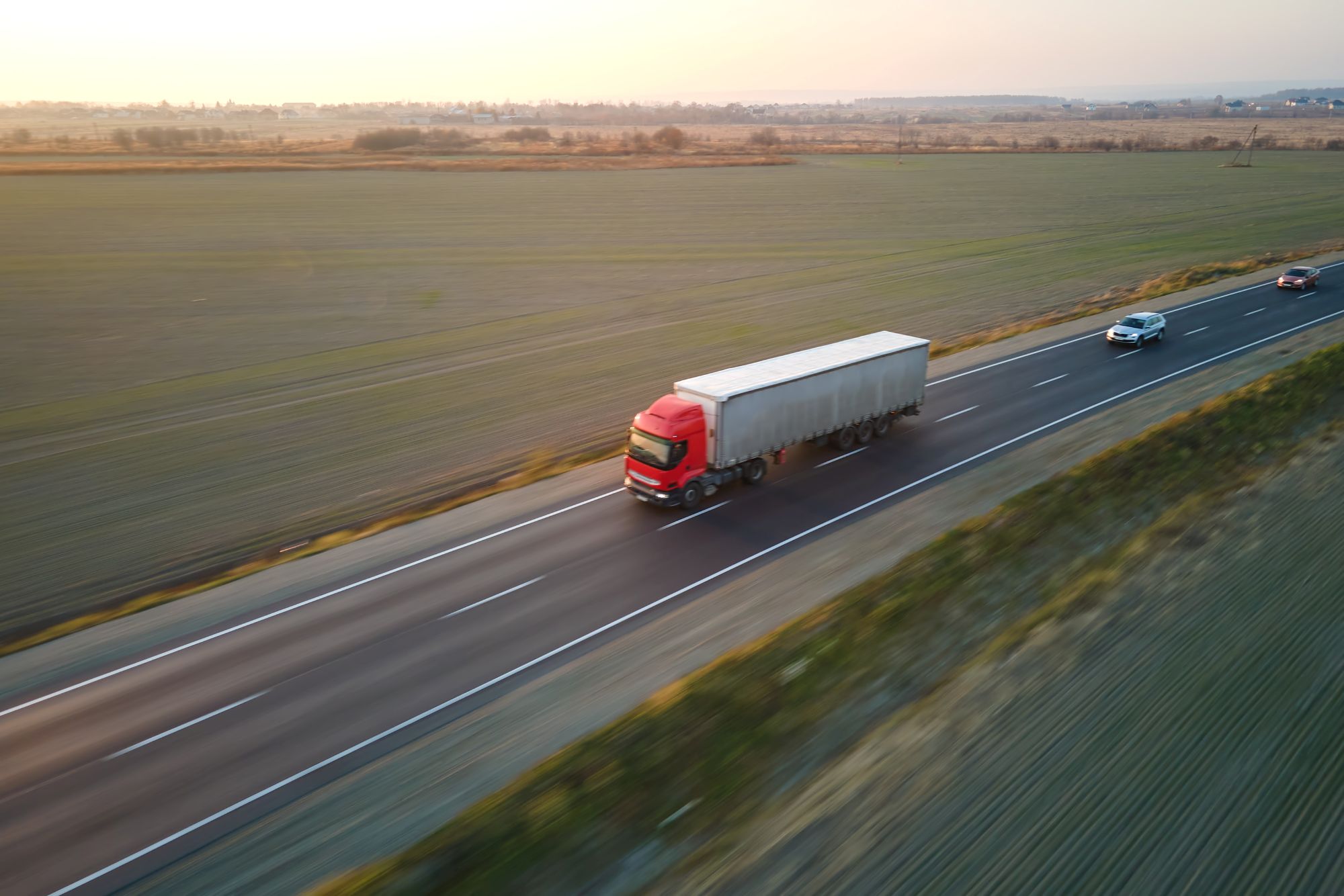
Miranda Blake
What counts as ‘secure truck parking’? Drivers speak up
Created: 09/12/2024
•
Updated: 09/12/2024
One of the biggest challenges drivers face is finding safe parking facilities. A survey conducted by industry watchdogs revealed that many feel the security in place at truck stops isn’t to a satisfactory standard.
Let’s delve into the various aspects that contribute to secure truck parking from the drivers' perspective, exploring the essential measures and amenities. On top of this, we’ll look into the overall environment that fosters a sense of protection.
The role of lorry parking in logistics
Truckers need to park to comply with strict regulations regarding rest periods. Plus, they require locations where they can rest, refuel, and refresh without the fear of burglary or vandalism. With approximately 81% of freight transported by road, the demand for secure truck parking really is critical for the industry’s success.
Inadequate measures can lead to severe repercussions, including cargo theft, vehicle damage, and personal safety concerns. This has caused drivers to frequently express frustration – it can deter them from taking breaks and ultimately affect their performance on the road.
Essential measures
A fundamental aspect of secure truck parking is the implementation of physical barriers. Robust perimeter fencing is vital in preventing unauthorised access. Controlled entry and exit points, such as gates that require keycard or code access, are a necessity. Such measures significantly reduce the likelihood of intrusions and enhance overall safety.
Effective lighting is also imperative. Well-lit areas discourage criminal activity and provide drivers with a sense of protection and the confidence to navigate truck stops, particularly during the nighttime.
Comprehensive video surveillance is another important aspect. CCTV cameras should cover the entire parking facility, enabling constant monitoring and recording of activities. Many truckers appreciate knowing their vehicles and cargo are under 24/7 surveillance, as it may prove an effective deterrent to potential criminals.
The presence of trained security personnel adds an extra layer of protection. Guards can respond promptly to incidents, assist, and maintain a visible presence that enhances the overall feeling of safety. Truckers are often more at ease knowing there are professionals on-site to handle any issues that may arise.
Having easily accessible emergency communication systems is key – there should be emergency call boxes or intercom systems, which allow drivers to quickly contact security or crisis services if needed. In remote areas where immediate assistance may not be readily available, this feature is particularly crucial.

Additional features
Clean and well-maintained toilets and showers are also highly valued, especially on long journeys. Measures should extend to these facilities to ensure that they’re locked and under surveillance – this will not only increase driver comfort, but also contribute to their overall sense of safety.
While not directly related to secure truck parking, additional amenities can significantly enhance the overall comfort of a parking area. The likes of food and beverage options, WiFi access, and electrical hookups for refrigerated trailers make for a more welcoming space. Basic maintenance services can also be beneficial, allowing truckers to address minor issues without leaving the premises.
Creating a better environment
A secure truck parking facility should also effectively look after drivers. A great deal shared that they feel undervalued at certain locations, which can negatively impact their experience. Those that treat truckers with respect and provide a friendly atmosphere encourage repeat visits and foster loyalty.
Investing in staff training is imperative to improving this. Employees should understand the unique needs of truckers and know how to provide excellent customer service.
Addressing drivers’ concerns
It’s important to know that female drivers, who make up a small percentage of the trucking workforce, often face additional challenges regarding safety. Many women report feeling unsafe in predominantly male environments, particularly when truck stops lack adequate security measures – it’s vital to consider their specific needs and take steps to ensure they’re both safe and happy.
Another consideration is that some truckers have specific dietary needs. So, offering healthy food options and catering to various dietary requirements can enhance their experience and contribute to the positive wellbeing of drivers.
The future of secure truck parking
Innovations such as smart surveillance systems, automated entry controls, and real-time monitoring can significantly improve measures. Truck stops that invest in solutions like these have a greater chance of attracting more fleets and drivers who are seeking safe options.
Addressing challenges in this space requires collaboration between various stakeholders, including government agencies, logistics companies, and parking facility operators. By working together, these groups can develop comprehensive strategies to better security and the entire experience for truckers.
Advocating for policy changes that prioritise the needs of drivers is crucial for creating safer environments. Industry organisations and advocacy groups can play a significant role in raising awareness about the importance of secure truck parking and pushing for legislative changes that support infrastructure improvements.
Find secure services
Here at SNAP, we prioritise the safety of drivers and help truck parks do so through our dedicated Access & Security division. From ANPR cameras and software to payment terminals to barriers to entry systems to CCTV camera systems, we’ll put in place everything to best protect truckers, vehicles, and cargo for truck stops, MSAs, fleet depots, and more.
You can learn more about SNAP Access & Security here, or discover our other services (like parking and washing) on the SNAP website.



